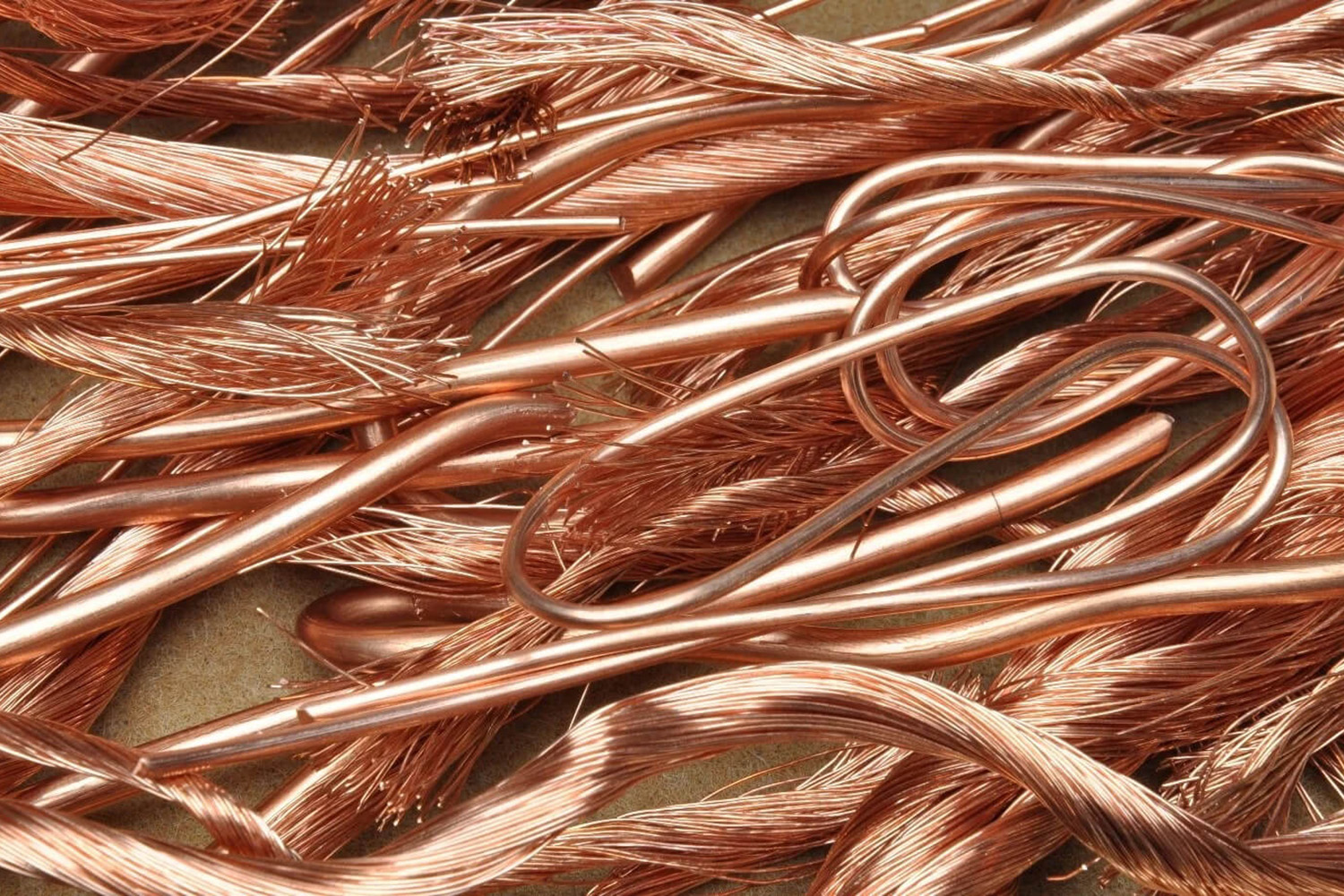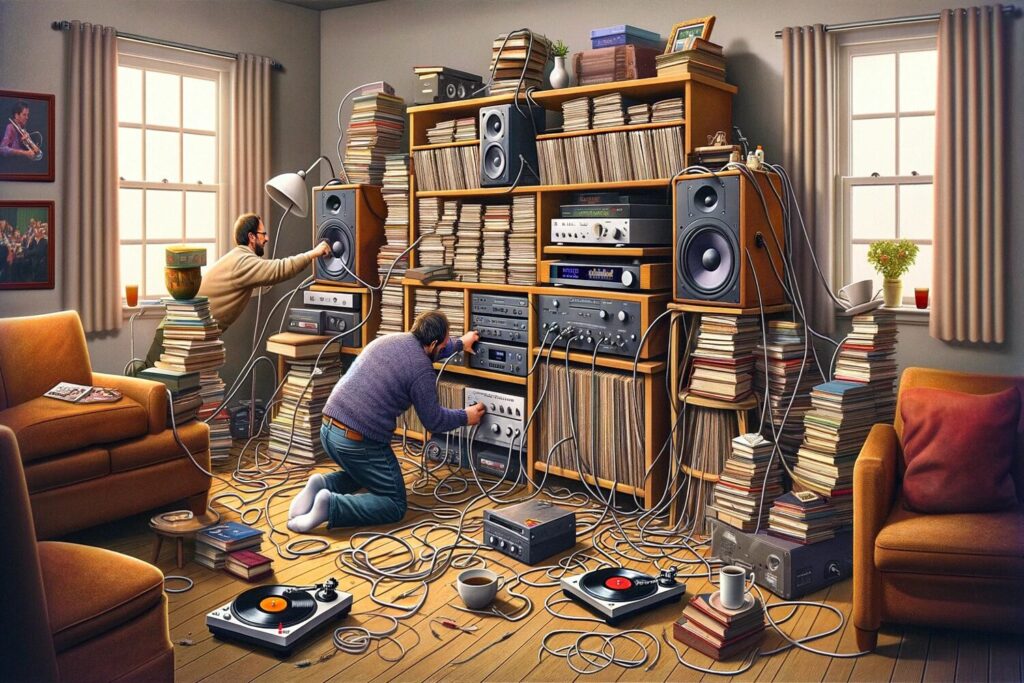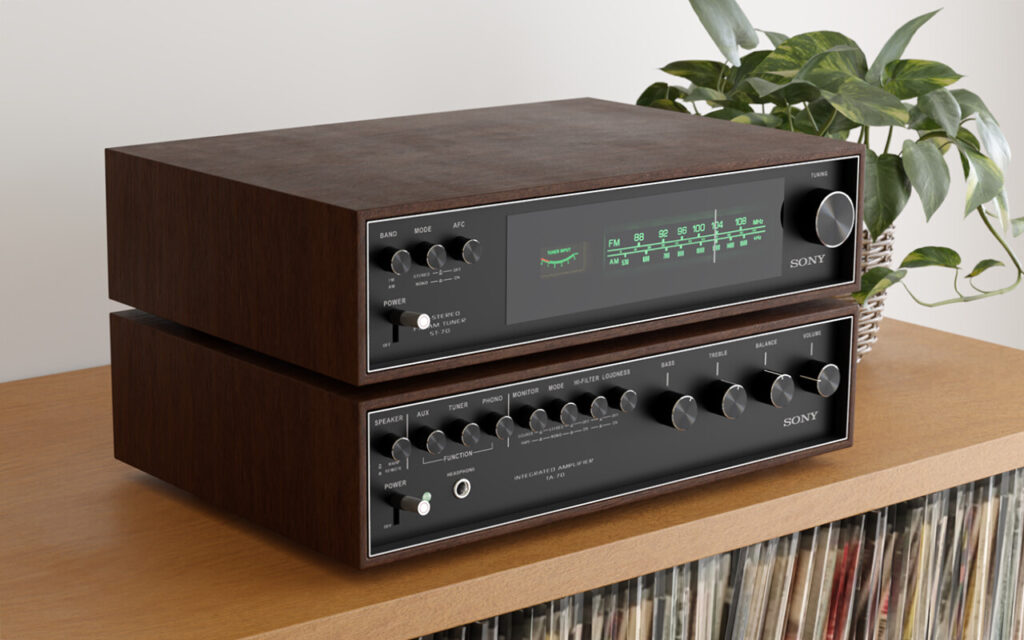What are the differences between wires, conductors and cables in Hi-Fi? This is a question that a seasoned audiophile will certainly be able to answer easily, but the answer may not be so obvious. In fact, more than one customer in recent months has asked us this question, either through chat or by phone. We are therefore publishing this article primarily for those who are approaching the world of high fidelity, an article through which we will dispel any doubts on the subject.
What are wires in Hi-Fi
Let's make a small premise: wires, conductors and cables are fundamental elements for the transmission of electrical signal, and therefore audio, in our Hi-Fi system. They are used to connect the different electronics to each other, and it is good that they are made of the highest quality materials possible, so that they perform their "transport" task to the best of their ability.
Let us point out the differences between these elements, which on the surface might seem synonymous. Let's start with wires. Wires (or strands), in Hi-Fi, are the smallest unit of a conductor. So many wires form a conductor. In our case, the wires are made copper with 7N (99.99999%) purity., but other manufacturers opt for silver or silver-coated copper wires. Based on our own tests and feedback from our customers, the use of silver results in much "sharper," therefore distorted, high frequencies. This is why we prefer to use as pure a copper as possible, to maintain that neutrality that distinguishes each and every product Ricable. More commonly used cables, on the other hand, have a significant aluminum component, which has the undeniable merit of not suffering from oxidation, but at the same time has a low level of conductivity.
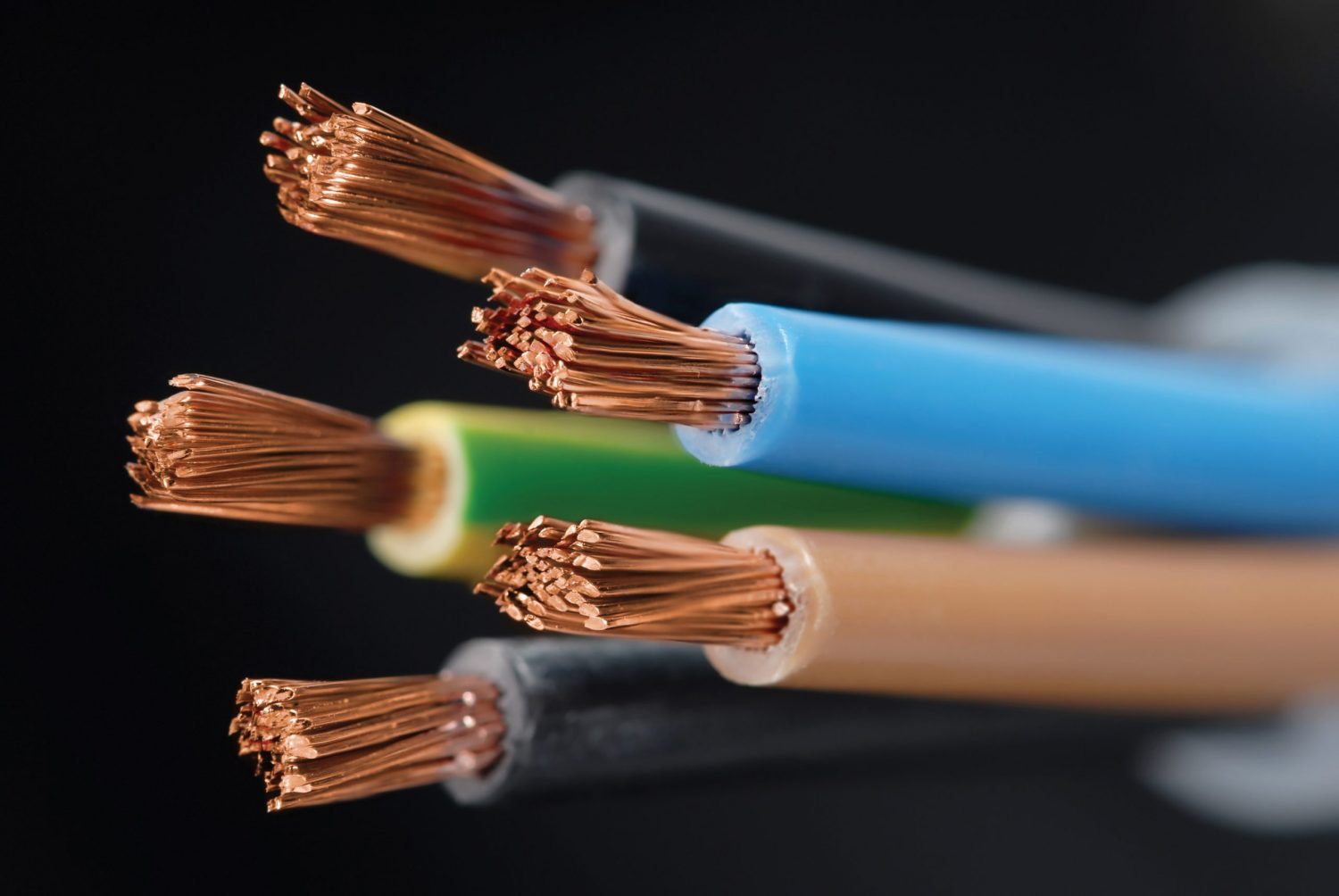
What are conductors in Hi-Fi
Based on what was said in the previous paragraph, we should be clear that a conductor is a set of wires or strands. The conductor is also located inside the wire, and is certainly one of its most important parts and certainly the innermost, the "core."
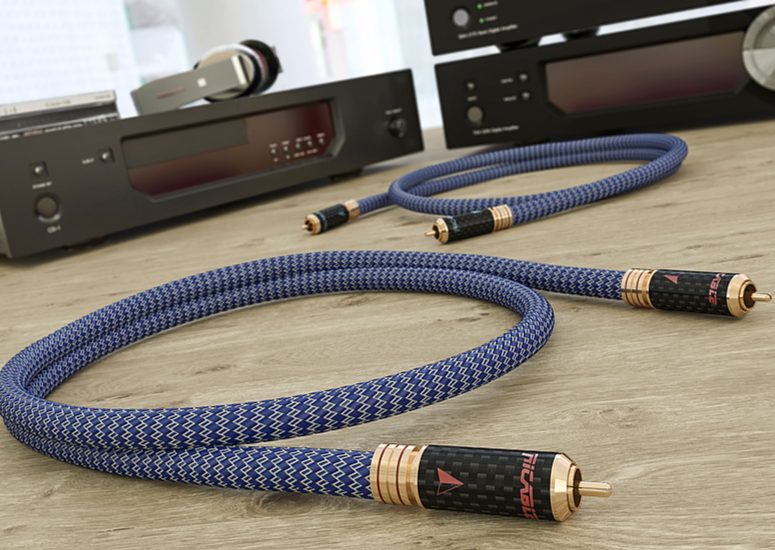
Conductors may cross each other ("twisted" geometry) and are covered with one or more layers of insulating and protective materials. Otherwise they may run parallel along the cable. Not only that, the wires within the conductor may also be parallel to each other or crossed. This is a choice that varies from project to project, but the type of cable also determines this characteristic. Coaxial cables, for example, involve a single central conductor. The conductor, in general, runs mainly in length, but it is characterized by another important indicator: the cross-section. Which is quite a different thing from the diameter. The cross-section is decided on the basis of current carrying capacity, resistance and required flexibility. Speaking of flexibility, this also varies whether a single wire (or at any rate a few large-section wires) or many thin wires corded together are used. In the latter case, the conductor will be more flexible.
Cables are formed by the conductor, but also by so much more
Let us now finish by briefly discussing the cable as a whole, so that we can finish our article on the differences between wires, conductors and cables. Thus, this is formed by a conductor (itself made up of many, many wires or strands the more copper it was possible to draw-this is an indication of the purity of the material). But it is not only a conductor that makes up a cable, indeed; the more so the higher you go. Dielectrics, shielding (both internal and external), additional protections, connectors, sheaths, socks...just these are some of the elements that then give rise to a design thought out in theory and then realized in practice. Each of these with its own characteristics and peculiarities, which Ricable balances to offer its audiophile customers the highest possible performance. If you are curious to see with your own eyes all our achievements, click the button below.

